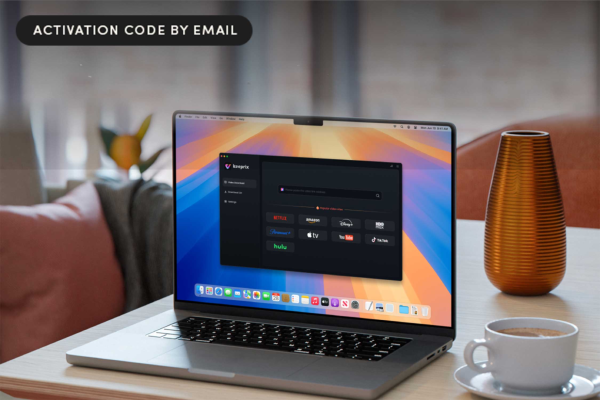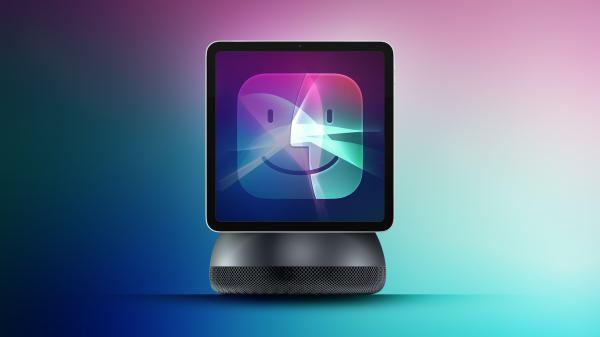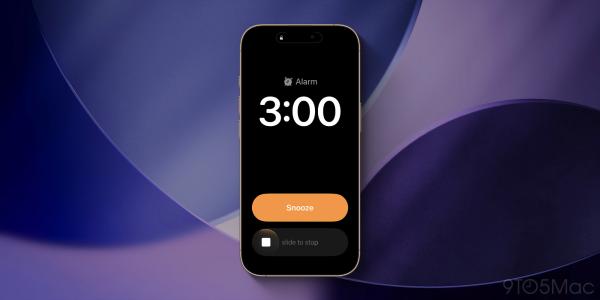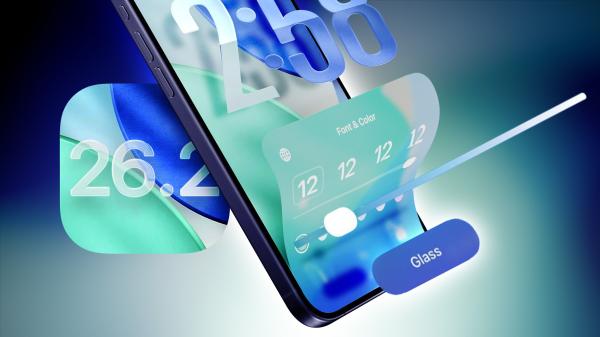404: Article Not Found
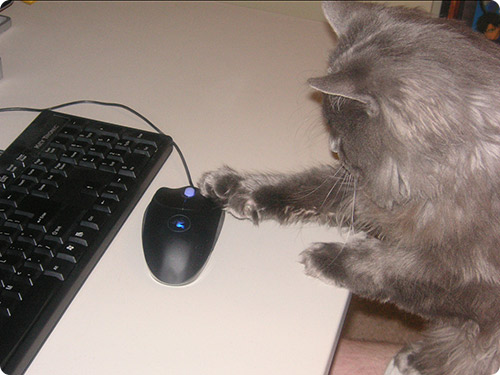
Photo by: shardsofblue
Resource Not Found
Return to the homepage
What happened to the article?
The article in question may have been deleted.
MacHash ranks, sorts and prioritizes content to build our news feed. From time to time, the system will prune and remove articles in order to deliver the most relevant headlines to our readers.
You can try a search
Search for similar articles on MacHash...
MacHash is your real-time Apple news aggregator, delivering the latest headlines on Apple, Mac, iPhone, iPad, and iOS from top sources across the web.
As a powerful content discovery platform, MacHash continuously curates breaking news, product announcements, software updates, reviews, and industry insights related to Apple Inc. and its ecosystem.
MacHash helps you stay informed on everything from macOS and iOS developments to Apple Watch, AirPods, and the latest in tech and app innovation.
Access MacHash from your desktop or mobile device to explore, follow, and share the most trusted Apple news all in one place.

